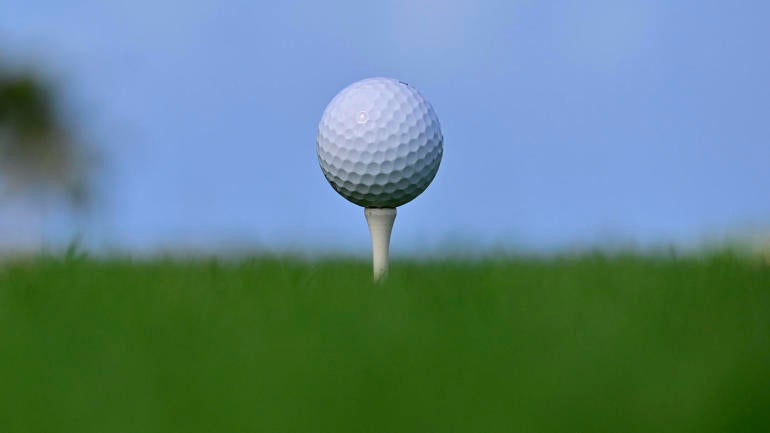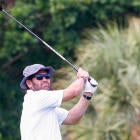
The USGA and R&A proposed a rule this week that would limit the distance a golf ball can travel at the professional level starting in January 2026. This rule, which would neither affect amateur golfers nor be required at elite professional events, would restrict how far the golf ball travels. The goal being to restrict insane distances professionals hit the ball off the tee while eschewing the need for golf courses to frequently increase their yardages.
Essentially, the rule would reduce the limit for how fast the ball can travel at high clubhead speeds. If instituded, the ball could only travel 317 yards with 3 yards of tolerance at 127 miles per hour of clubhead speed.
"Hitting distances at the elite level of the game have consistently increased over the past 20, 40 and 60 years," said USGA CEO Mike Whan in a statement. "It's been two decades since we last revisited our testing standards for ball distances. Predictable, continued increases will become a significant issue for the next generation if not addressed soon. The [rule] we are proposing is simple to implement, forward-looking and does so without any impact on the recreational game."
According to a release from the USGA and the R&A, this implementation would "reduce hitting distance by 14-15 yards on average for the longest hitters with the highest clubhead speeds."
Whan, on a Tuesday conference call, admitted this proposal is not a long-term solution given there's a chance that everyone ends up in the same spot again 15 years from now.
Distance is unquestionably a problem at the elite levels. Augusta National moved the tee box on its famous 13th hole back this year for that reason. And while this rule addendum, upon which manufacturers and stakeholders can provide feedback until August of this year, is a positive, it likely doesn't solve the overall issue.
What's fascinating in the golf world is that it does not have a supreme governing body. The USGA and the R&A can ultimately make this rule, but as long as it is a local rule, the other organizations -- like the PGA Tour -- don't necessarily have to follow it.
The PGA Tour itself was noncommittal.
"We continue to work closely with the USGA and the R&A on a range of initiatives, including the topic of distance," said the Tour. "Regarding the notice to manufacturers announced today, we will continue our own extensive independent analysis of the topic and will collaborate with the USGA and the R&A, along with our membership and industry partners, to evaluate and provide feedback on this proposal. The Tour remains committed to ensuring any future solutions identified benefit the game as a whole, without negatively impacting the Tour, its players or our fans' enjoyment of our sport."
Equipment companies were less enthused. Acushnet CEO David Maher, called the rule "a solution in search of a problem." Acushnet owns Titleist.
"Golf is an aspirational sport, and we believe at its very best when equipment and playing regulations are unified. Golf's health and vibrancy are at historically high levels," he said. "As we see it, existing golf ball regulations for overall distance and initial velocity are highly effective. During the past two decades, PGA Tour average course playing length has increased by less than 100 yards and scoring average has remained virtually flat.
"Average PGA Tour clubhead speed of 114.6 mph in 2022 was well below the current 120 mph and proposed 127 mph testing conditions. The proposal of golf ball bifurcation is in many respects a solution in search of a problem."
All of this will play out in the months ahead as other organizations -- like Augusta National and the PGA of America -- weigh in. We will also hear from players and officials at the highest level.
What's for certain is that this will be controversial. Whan acknowledged that Tuesday saying that part of governance is knowing you're going to receive blowback for your decisions.
Regardless, this is a proactive step by the USGA and the R&A for the future, one that was needed after years after research and no action and one that will create waves for a long time.





















